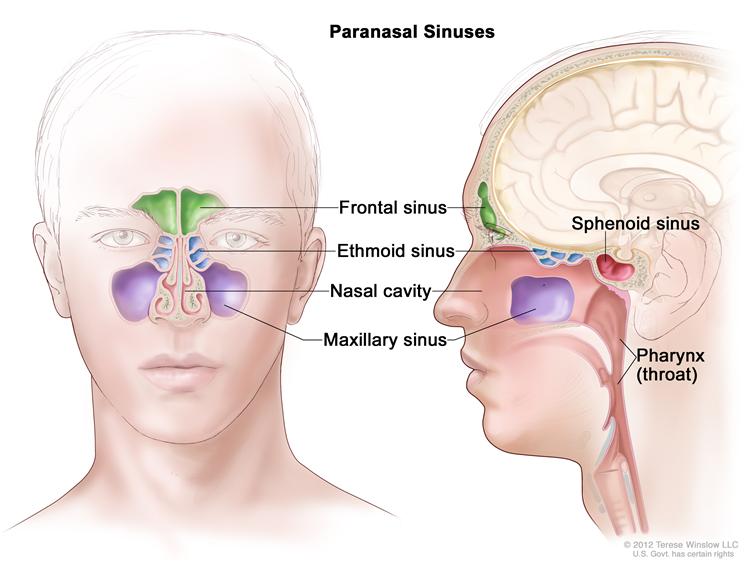What is functional endoscopic sinus surgery (FESS)?
Functional endoscopic sinus surgery (FESS) is a surgical technique used to help open the SINUS drainage pathways and remove mucus from the sinuses, which helps to eliminate or decrease the number of infections in the future. Because this technique opens the natural sinus openings, FESS has been shown to produce better results than procedures used in the past.
When is sinus surgery necessary?
If your child has had 6 episodes of ACUTE SINUSITIS in the past year or has long-standing CHRONIC SINUSITIS which does not seem to go away completely with antibiotics, sinus surgery may be recommended.
What is involved with FESS?
Before endoscopic sinus surgery, a computed tomography (CAT) scan will be performed to see how your child’s sinuses are formed and how big they are. It is important to have the CAT scan taken while your child is on antibiotics so that we can see how effective the medicine has been in clearing up the sinus infection. If the CAT scan is taken at a children’s hospital or facility, sedation use is rare. However, your child may need to receive sedation (a calming medicine) through an IV (catheter in a vein) in order to have the CAT scan taken.
These pictures can be used to show the amount of infection in the sinuses, as well as help your doctor know exactly what kind of surgery your child will need.
The surgery is performed using small telescopes which are placed through the nose allowing the doctor to open the natural drainage pathways of your child’s sinuses under direct vision. This allows for drainage of mucus from the sinuses and helps prevent future infections.
FESS is performed under general anesthesia. This procedure does not require an overnight stay in the hospital, and the length of surgery depends on the amount of disease and blockage in the sinuses. However, surgery usually does not last more than an hour.
About 2-3 weeks after surgery, your child may be scheduled to return to the operating room for another examination under anesthesia. This will allow the doctor to clean out any crusting and evaluate the area where the surgery was performed to make sure it is healing properly.
Is endoscopic sinus surgery dangerous?
Endoscopic sinus surgery as described above involves operating on your child’s sinuses through the nose using small telescopes. As the sinuses are located near the eyes and directly under the brain, there is always a risk that damage may occur to those areas. However, because the surgery is performed under direct vision and because of the experience of the surgeons, these complications are very rare.
These risks and possible complications will be described for you prior to your child’s surgery.
Sinus Cultures
Sinus cultures are becoming more important with the emergence of bacteria resistant to common antibiotics. Sinus cultures are indicated when your child has had several sinus infections treated with appropriate antibiotics that have not completely resolved the infection.
A culture is performed under a brief (5-10 minute) general anesthetic as an outpatient procedure. Once the child is asleep, a small catheter is placed into the sinus behind the cheek through the natural opening in the nose. This is done under direct vision using a small telescope. Once the culture is obtained, your child is awakened. There are no restrictions necessary after this type of surgery. The culture results are returned in about 3-5 days and include the type of bacteria and the list of antibiotics that will effectively treat the infection.


